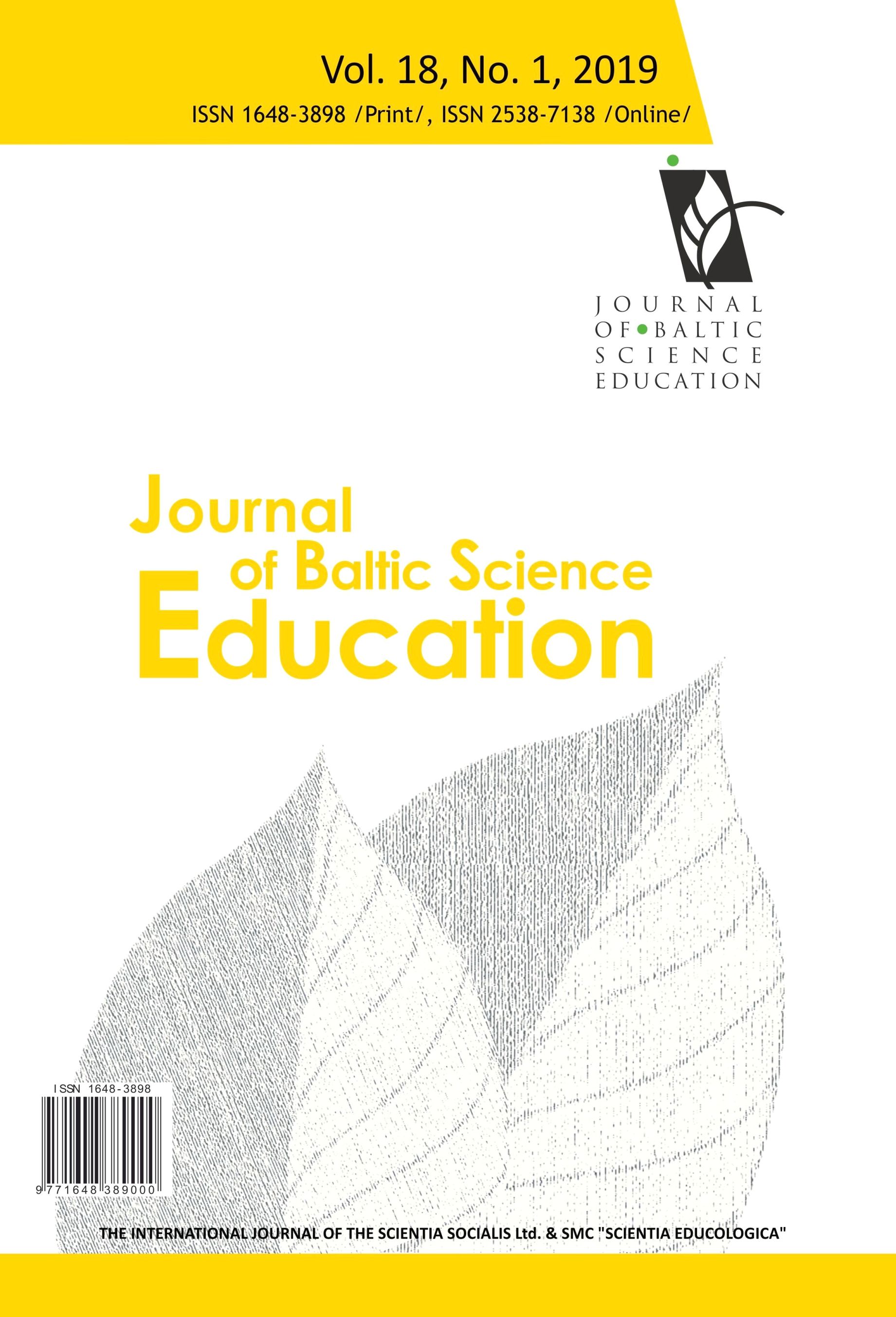THE IMPLEMENTATION OF MIND MAPS IN TEACHING PHYSICS: EDUCATIONAL EFFICIENCY AND STUDENTS’ INVOLVEMENT
THE IMPLEMENTATION OF MIND MAPS IN TEACHING PHYSICS: EDUCATIONAL EFFICIENCY AND STUDENTS’ INVOLVEMENT
Author(s): Zvezdan Z. Gagić, Sonja J. Skuban, Branka N. Radulović, Maja Stojanović, Olivera Đ. GajićSubject(s): Education, School education
Published by: Scientia Socialis, UAB
Keywords: educational efficiency; mind maps; students’ involvement; teaching physics;
Summary/Abstract: Primary school students generally lack motivation for learning physics, which they perceive as a difficult subject. In order to overcome this problem, it is necessary to apply appropriate teaching approach. The aim of this research was to assess the educational efficiency of mind maps in physics and students’ involvement when this approach is used. A pre-test – post-test control group design was used. The sample of this research consisted of 113 seventh-grade students divided into an experimental and a control group. The students in the experimental group were taught physics using mind maps and the students in the control group were taught using conventional teaching approach. The data were collected by using two physics knowledge tests and perceived mental effort scale. The data were analyzed using ANOVA, t-test and chi-square test. The obtained results showed that the educational efficiency of teaching with the use of mind maps was greater than the efficiency of conventional teaching approach. Besides that, the students’ involvement in the experimental group was higher than the one in the control group. The implementation of mind maps in teaching physics in primary schools can increase students’ motivation for learning physics and lower their mental effort.
Journal: Journal of Baltic Science Education
- Issue Year: 18/2019
- Issue No: 1
- Page Range: 117-131
- Page Count: 15
- Language: English

